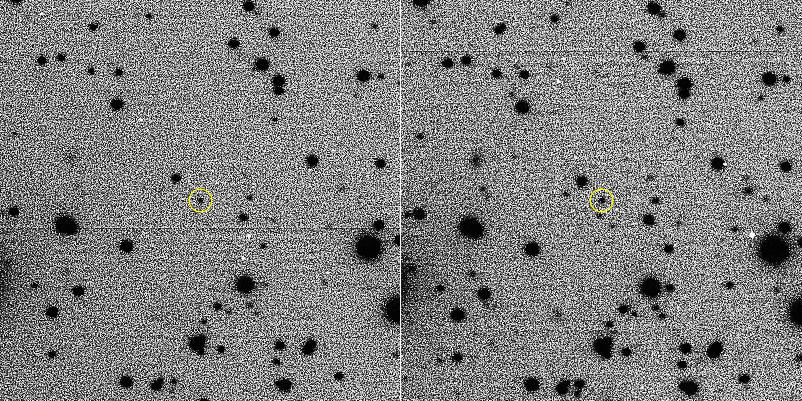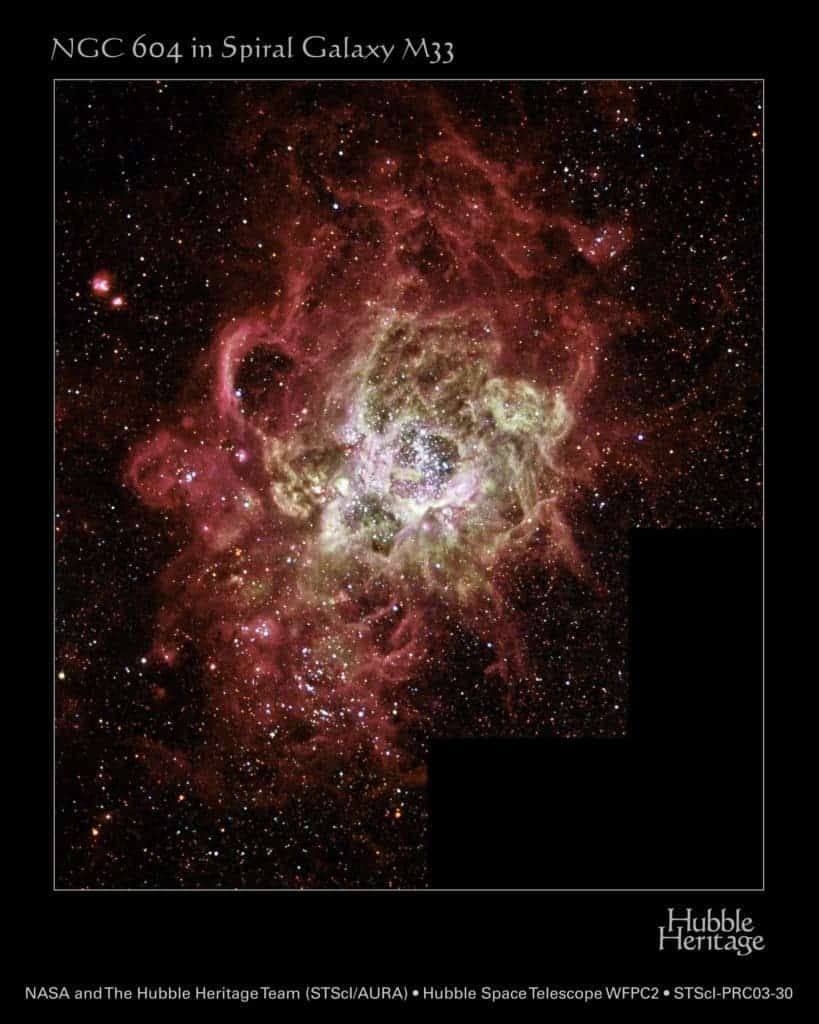The immigrant in case is an asteroid. Currently nestled in Jupiter’s atmosphere, it’s the first interstellar object that resides in our solar system.

Not a tourist
Last year, a different asteroid made headlines after it became the first interstellar object we’ve found in our solar system. But that was just a tourist, a passer-by — whereas this new asteroid, given the catchy name 2015 BZ509, is here to stay.
We’ve seen the object for quite some time, but its origin was only now explained. All the planets (and most of the other objects) in our solar system rotate around the Sun in the same direction — but 2015 BZ509 is different: it moves in the opposite direction, something called a ‘retrograde’ orbit.
“How the asteroid came to move in this way while sharing Jupiter’s orbit has until now been a mystery,” explains Dr Fathi Namouni, lead author of the study. “If 2015 BZ509 were a native of our system, it should have had the same original direction as all of the other planets and asteroids, inherited from the cloud of gas and dust that formed them.”

Namouni and his colleagues used the current orbit of the asteroid to extrapolate its whereabouts and movement 4.5 billion years ago — during the early age of our solar system, when planets were still forming. They found that even then, 2015 BZ509 was moving the same way — meaning that it couldn’t have possibly formed in our solar system, and instead came from somewhere else.
In other words, 2015 BZ 509 emigrated from its parent star and settled around the Sun in a similar environment.
“Asteroid immigration from other star systems occurs because the Sun initially formed in a tightly-packed star cluster, where every star had its own system of planets and asteroids,” comments Dr Helena Morais, the other member of the team. “The close proximity of the stars, aided by the gravitational forces of the planets, help these systems attract, remove and capture asteroids from one another.”
The finding isn’t just remarkable in itself, but also sheds some important light on how our solar system form, and perhaps, how life itself emerged. Understanding exactly how and when 2015 BZ509 arrived and settled in the Solar System provides clues about the Sun’s original star nursery, and about the potential enrichment of our early environment with components necessary for the appearance of life on Earth.
The article “An interstellar origin for Jupiter’s retrograde co-orbital asteroid”, by F. Namouni & H. Morais, was published in the Monthly Notices of the Royal Astronomical Society: Letters (2018), in press (DOI: 10.1093/mnrasl/sly057).






